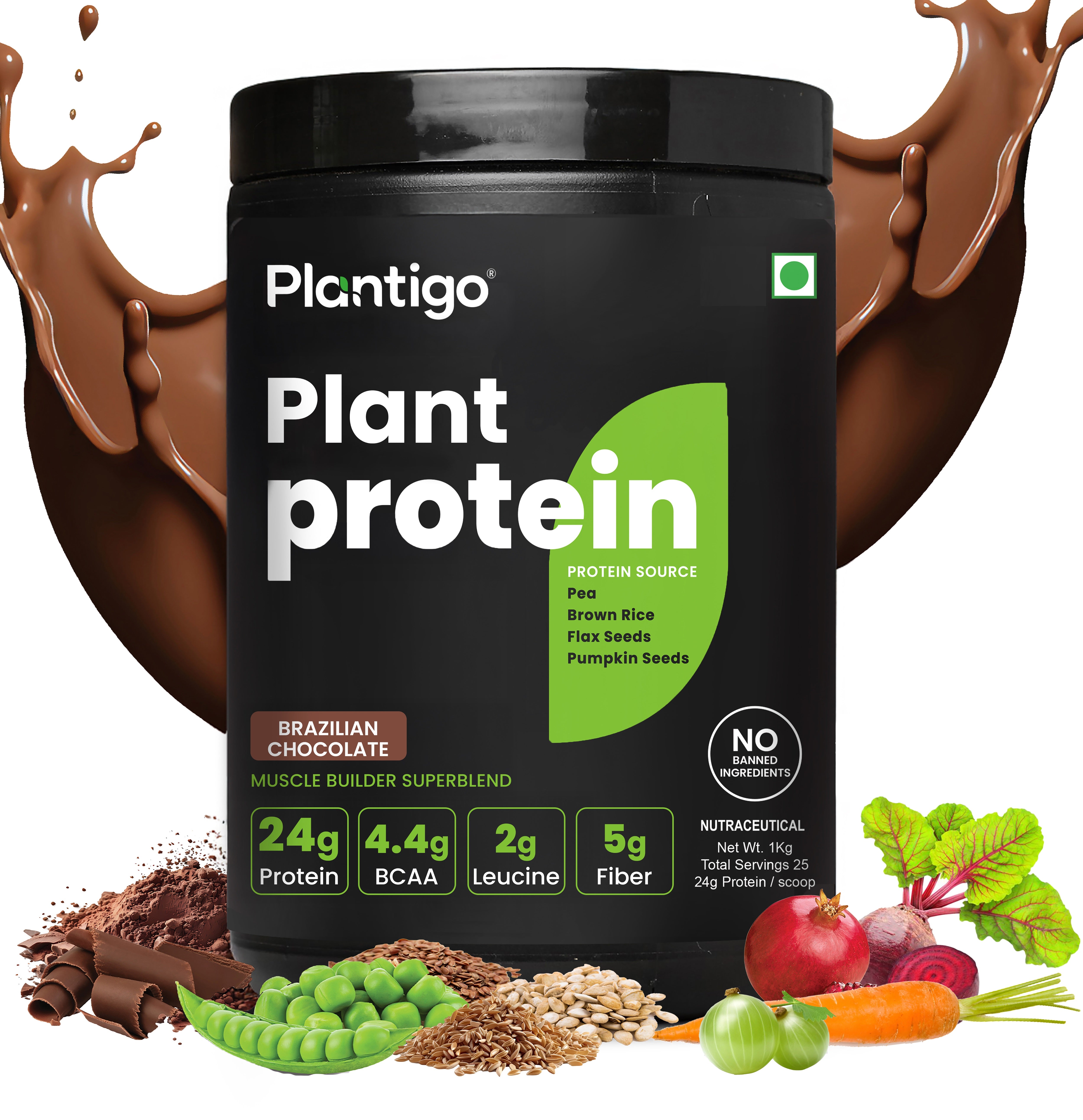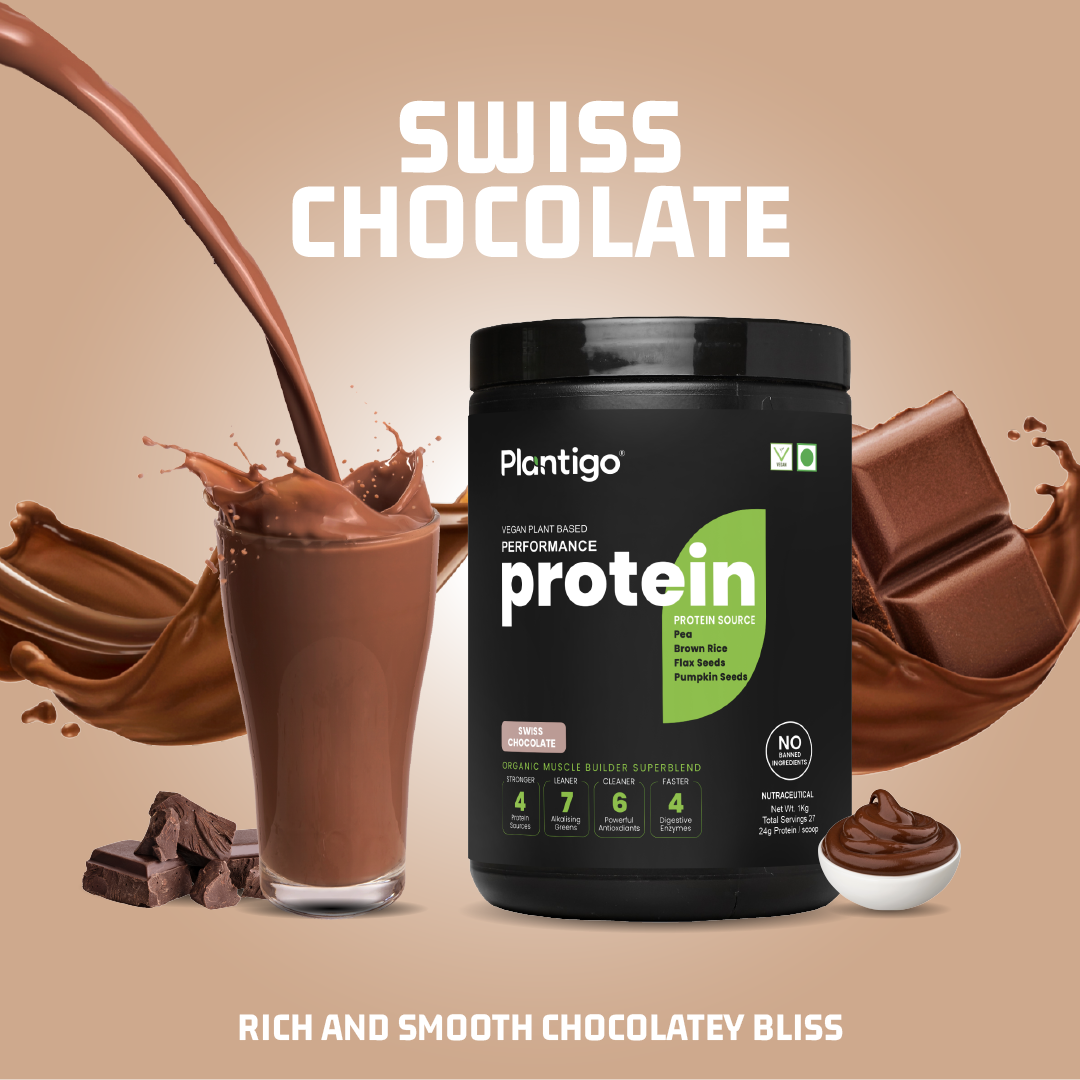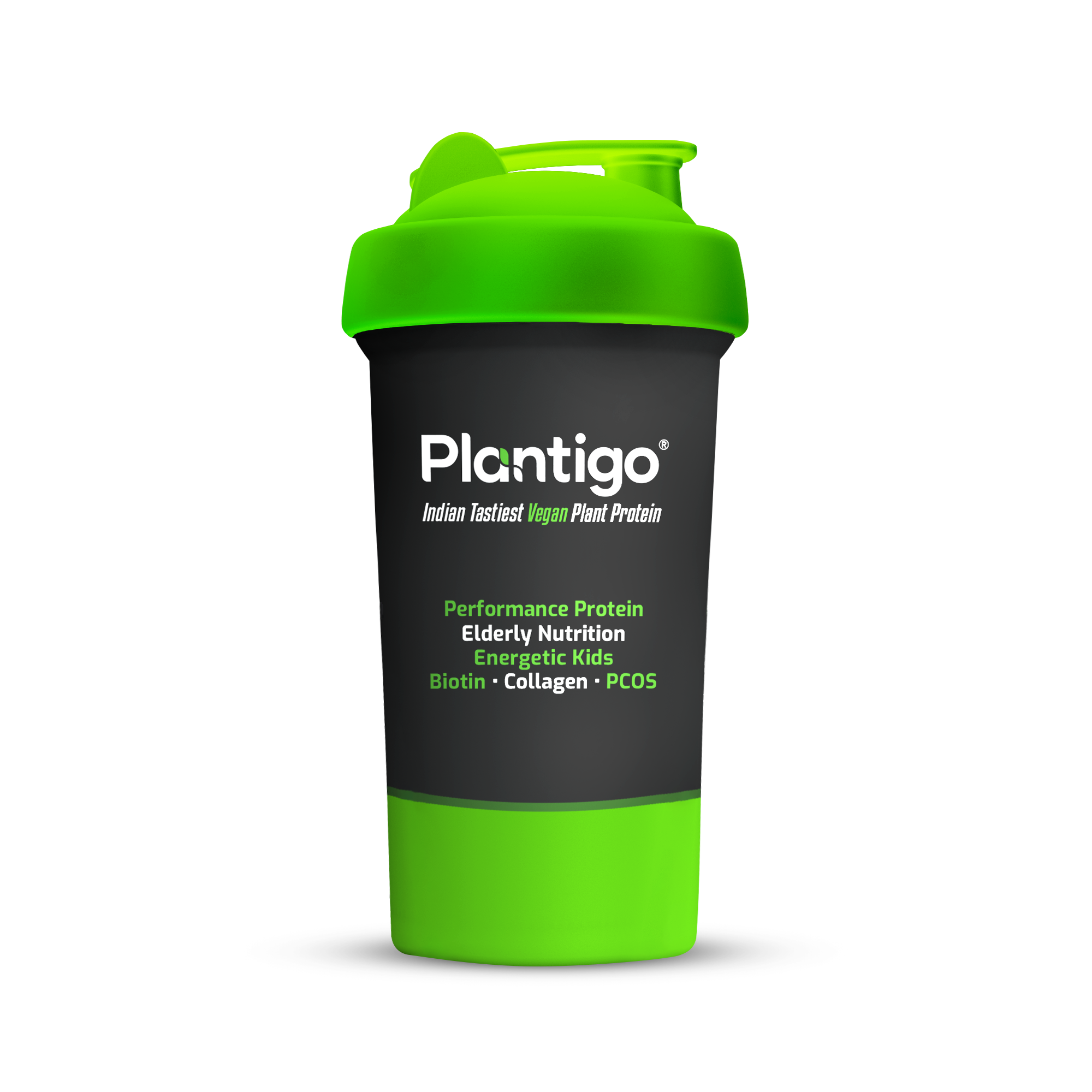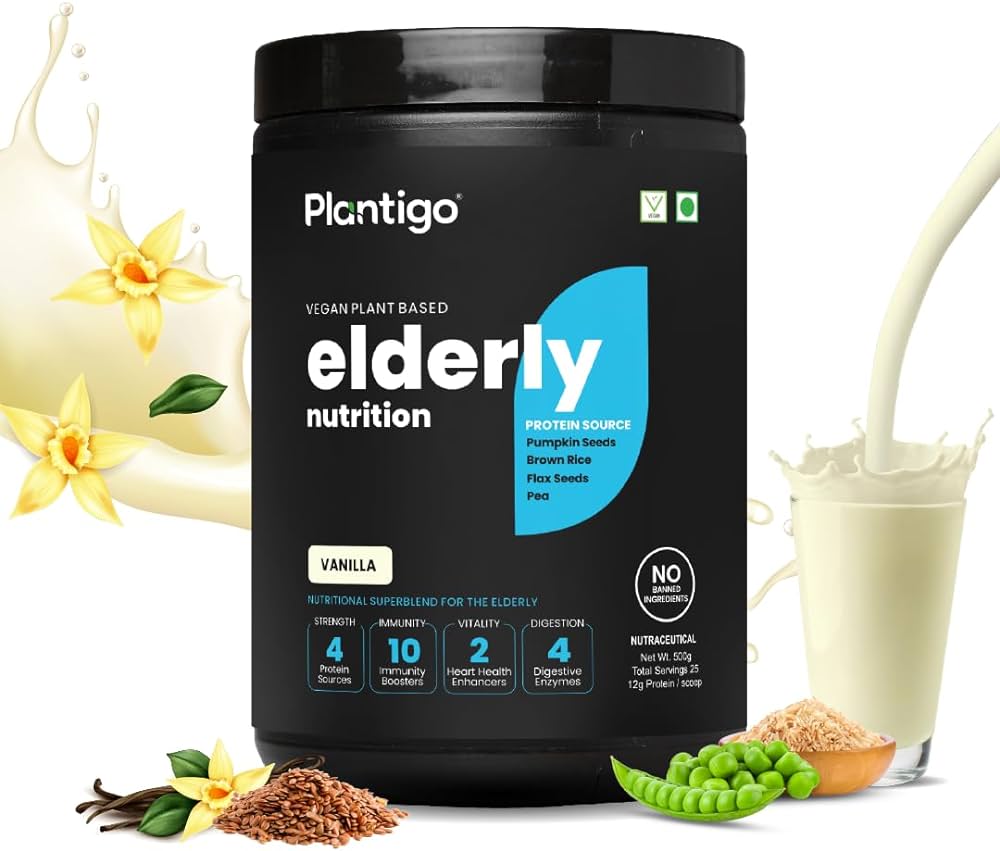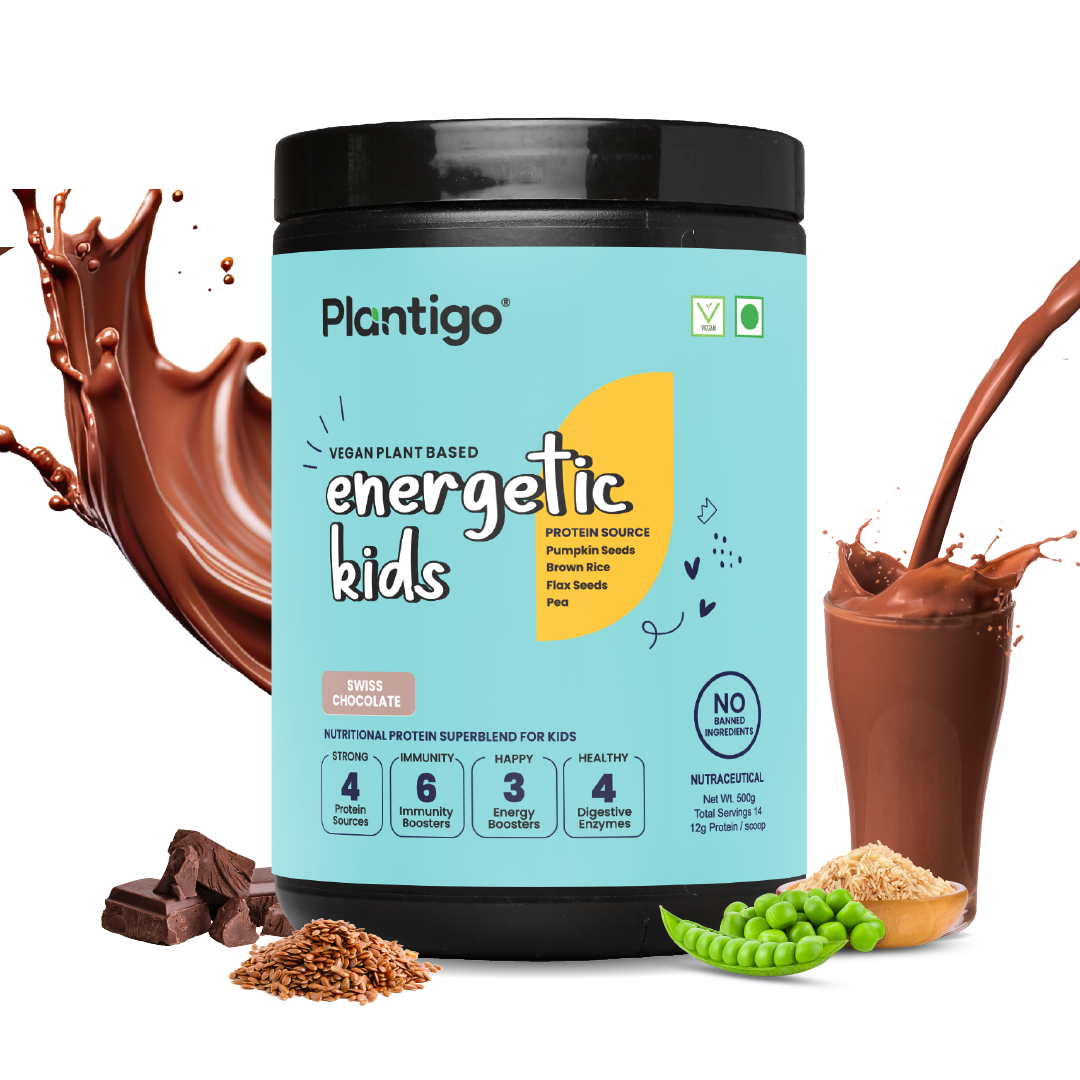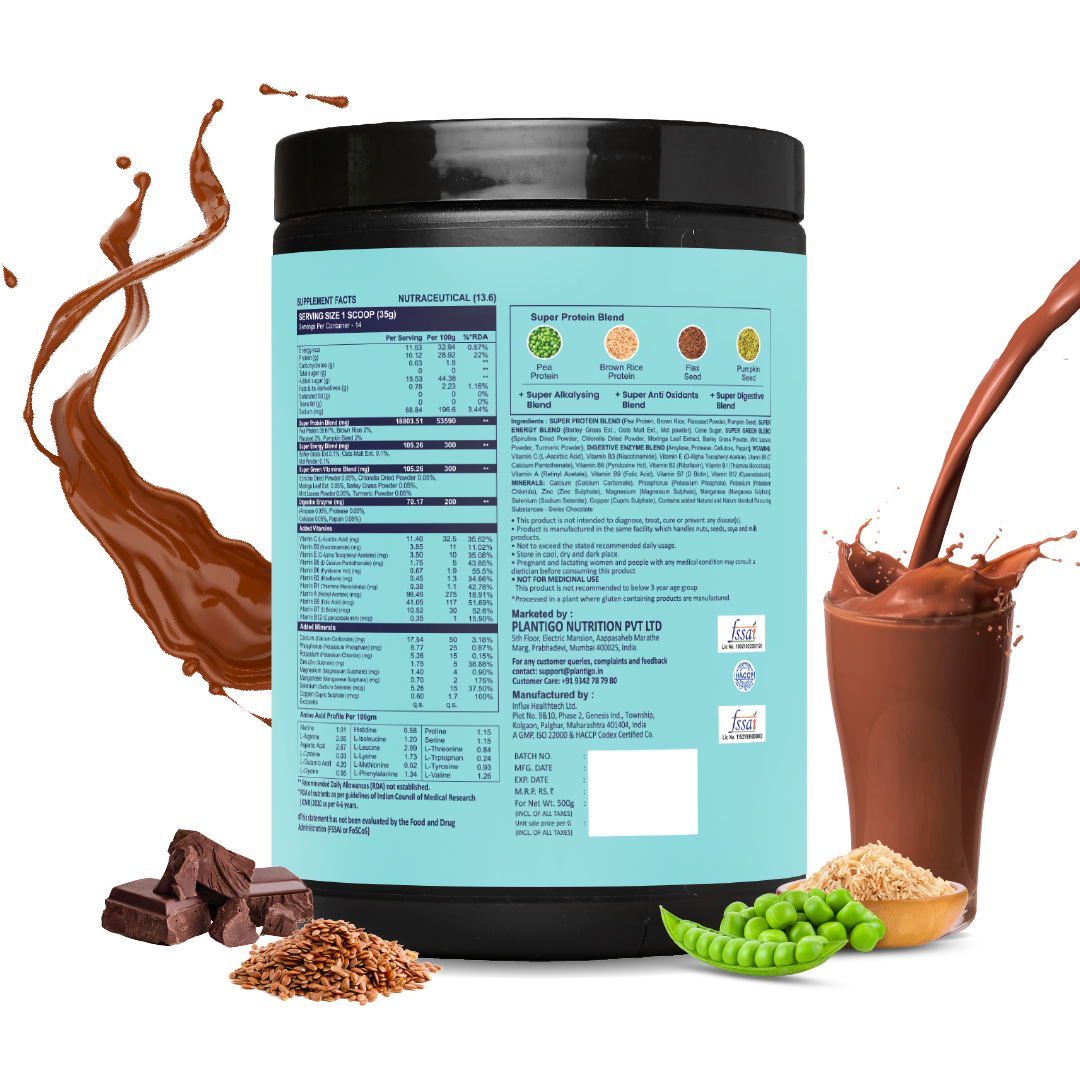Think one tomato can’t change your diet? Think again.
It’s juicy, bright, and barely 22 calories—but packs more health benefits than half the items in your fridge. Whether you're trying to slim down, eat clean, or just feel better, the tomato is one of the simplest ways to do more with less.
In a world obsessed with calorie counting, macros, and high-protein everything, we often forget the power of humble ingredients. Tomatoes are incredibly low in calories, but they work brilliantly with fiber, healthy fats, and plant protein to build meals that are both filling and flavorful.
Understanding 1 tomato calories gives you a flexible, no-fuss way to create satisfying meals that support your health goals—without relying on processed diet food.
In this article, we’ll explore five simple, science-backed ways 1 tomato calories fit effortlessly into a low-calorie lifestyle. From salads to sauces, you’ll learn how this everyday fruit can help you cut calories, add volume, and stay on track with your nutrition—without ever feeling restricted.
What Do 1 Tomato Calories Look Like?
A medium-sized tomato (about 100 grams) contains around 22 calories, making it a perfect choice for those tracking their intake. Tomatoes are about 95% water and contain small amounts of fiber, natural sugars, and vital micronutrients.
According to the USDA FoodData Central, 100g of raw tomatoes provide approximately 18 kcal, 0.88g protein, 3.9g carbohydrates, and 1.2g fiber
Here’s a quick breakdown:
|
Tomato Size |
Weight (approx.) |
1 Tomato Calories |
|
Small |
75g |
~15 kcal |
|
Medium |
100g |
~22 kcal |
|
Large |
150g |
~33 kcal |
Since they’re low in fat and sugar, tomatoes can be added to a wide variety of dishes without derailing your calorie goals.
5 Simple Ways to Use 1 Tomato Calories in a Low-Calorie Diet
1. Add to Salads
Salads are a staple in most low-calorie diets, but not all salads are created equal. Tomatoes can significantly boost the nutritional profile and satiety of your salad without increasing the calorie count.
Thanks to the low value of 1 tomato calories, you can easily slice in a full tomato and enjoy bulk, hydration, and fiber—all of which help keep you full longer. A simple salad with cucumbers, onions, and tomatoes dressed in lemon juice and herbs is both refreshing and diet-friendly.
Add some chickpeas, tofu, or a dressing made with a spoon of blended yogurt and pea protein powder for added protein and creaminess without extra calories from oils or mayonnaise.
2. Use in Soups
Tomato-based soups are another excellent way to enjoy the benefits of 1 tomato calories. A bowl of homemade tomato soup made from fresh tomatoes, onions, garlic, and herbs typically clocks in at under 100 calories. When you eliminate the cream and sugar found in many packaged soups, the dish becomes a powerful tool in your weight management arsenal.
Moreover, tomatoes are rich in lycopene—a potent antioxidant. Regular intake of antioxidant foods is linked to improved heart health and reduced inflammation. A warm tomato soup with basil and a pinch of pepper can be a great evening meal that supports a healthy, low-calorie diet.
3. Replace High-Calorie Spreads
Another easy and effective way to use 1 tomato calories is in sandwiches and wraps. Replacing calorie-dense spreads like mayonnaise or cheese with fresh tomato slices can bring moisture, flavor, and bulk without unnecessary calories.
Tomatoes also pair well with lean protein options such as grilled tofu, boiled eggs, or hummus. For those mindful of protein requirements, this simple switch offers a tasty solution while maintaining a calorie deficit.
Tomatoes can also support the absorption of non-heme iron when paired with iron-rich plant foods, thanks to their vitamin C content. This ties in well with the broader discussion on vitamin C benefits, which include enhanced immunity, collagen production, and better nutrient absorption.
4. Pair with Protein at Breakfast
Tomatoes are a perfect low-calorie addition to breakfast. Whether you enjoy scrambled eggs, a veggie omelette, or a smoothie bowl, a few tomato slices can bring acidity, hydration, and fiber to your morning plate.
When preparing high-protein breakfasts, consider adding diced tomatoes to dishes like tofu bhurji, chickpea pancakes, or savory oatmeal. This creates a balanced meal that's high in volume and low in calories—ideal for those watching their intake.
If you're calculating your macros, use a protein intake calculator to assess how your breakfast fits into your daily needs. Tomatoes contribute fiber and micronutrients without affecting your calorie limits significantly.
5. Make Fresh Tomato Sauce
Instead of buying calorie-laden pasta sauces, make your own using fresh tomatoes. A basic homemade tomato sauce can be made using chopped tomatoes, garlic, onions, and herbs, simmered slowly to develop flavor.
A single serving of such sauce can contain as little as 50 calories, depending on the quantity used. When served over zucchini noodles, whole wheat pasta, or even oats (yes, savory oats are a trend), the dish remains nutrient-rich and satisfying. If you're comparing base ingredients, oats calories 100g is around 389 kcal—so pairing them with a low-calorie topping like tomato sauce is a smart move.
Nutritional Profile of Tomatoes
Besides being low in calories, tomatoes are incredibly nutrient-dense. Here’s what they offer:

-
Vitamin C: Boosts immunity, skin health, and iron absorption.
-
Vitamin K1: Supports bone and heart health.
-
Folate: Crucial for cell repair and development.
-
Potassium: Important for nerve function and blood pressure regulation.
-
Lycopene: A strong antioxidant linked to reduced risks of heart disease and certain cancers.
Although tomatoes are not a reliable source of B12, they are sometimes discussed in the context of vitamin B12 fruits and vegetables when grown or fermented under specific conditions.
However, those on plant-based diets should consider supplementation or fortified foods for adequate B12. Tomatoes also contain small amounts of selenium, especially when grown in selenium-rich soil.
This makes them a mild contributor to your intake of selenium rich foods, which are essential for thyroid function and antioxidant defense.
The Role of Tomatoes in a Plant-Forward Lifestyle
For individuals leaning towards plant-based eating, 1 tomato calories help structure meals that are light yet satisfying. Pairing tomatoes with ingredients like lentils, chickpeas, or plant protein sources adds depth and nutrition.
If you're on a vegetarian or vegan meal plan, consider using plant based protein powder in sauces, spreads, or even smoothies where tomatoes add natural sweetness and acidity.
Women looking for protein-specific support may be combining tomatoes with protein powder for women to meet daily targets without calorie overload. Tomatoes help round out the texture and flavor of these protein-rich meals, making them more appealing.
1 Tomato Calories vs Other Fruits: A Calorie Perspective
It’s helpful to compare tomato calories with those of other fruits. For example, a banana contains about 105 calories and approximately 1 banana protein is around 1.3g. In contrast, tomatoes offer more volume and hydration for a much lower calorie cost, making them more suitable for volume eating and satiety.
Understanding these differences helps you design meals that are balanced and tailored to your goals—whether they include fat loss, muscle building, or simply healthy maintenance.
Practical Meal Ideas Using 1 Tomato Calories
-
Lunch Wrap: Whole wheat wrap, grilled tofu, lettuce, and tomato slices (approx. 300 kcal)
-
Savory Oats: Oats, diced tomatoes, spinach, and turmeric (approx. 250 kcal)
-
Soup Dinner: Tomato soup with herbs and a side of roasted chickpeas (approx. 180–220 kcal)
-
High-Protein Smoothie: Plant protein, frozen tomatoes, and herbs for a savory twist (approx. 200–250 kcal)
Use these as templates to integrate tomatoes more creatively into your meals.
Final Thoughts
The low value of 1 tomato calories makes tomatoes a smart and flexible choice for anyone following a low-calorie or balanced diet. They offer hydration, fiber, and nutrients—without pushing up your calorie count.
From salads and soups to sauces and wraps, tomatoes work well with whole foods and clean protein sources. Pairing them with Plantigo plant protein adds a layer of high-quality nutrition, helping you build meals that are both satisfying and goal-oriented.
For added precision, use a protein intake calculator to ensure your meals meet your macro needs.
Start simple. Add a tomato. Scoop in Plantigo plant protein. Eat better.Let 1 tomato calories be the foundation of your healthier, more mindful way of eating.
Frequently Asked Questions
1. How many calories are in 1 medium tomato?
One medium tomato (about 100g) contains approximately 22 calories, making it ideal for low-calorie diets.
2. Is 1 tomato good for weight loss?
Yes, due to the low value of 1 tomato calories and its high water and fiber content, tomatoes help with satiety and can support weight loss.
3. Can I eat tomatoes every day on a low-calorie diet?
Absolutely. Tomatoes are low in fat, sugar, and calories, so including 1–2 per day is a smart way to add nutrients without excess calories.
4. How does 1 tomato compare to other fruits in calories?
Compared to fruits like bananas (~105 calories), 1 tomato calories are much lower, making it more suitable for volume-based, low-calorie meals.
5. What can I pair with 1 tomato for a healthy meal?
Pair tomatoes with chickpeas, tofu, whole grains, or Plantigo plant protein to create balanced, nutrient-rich, low-calorie meals.





